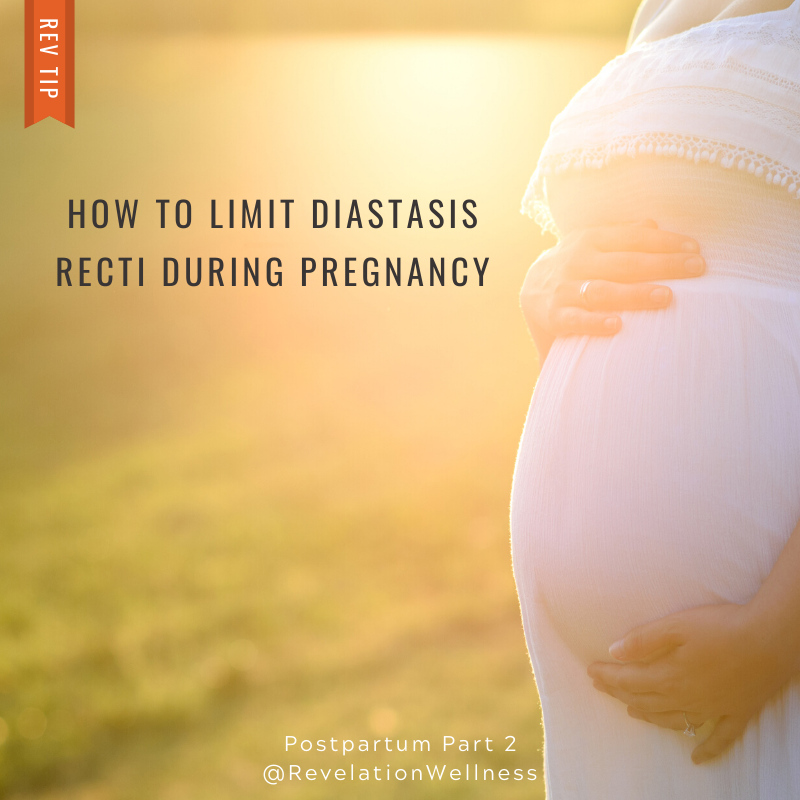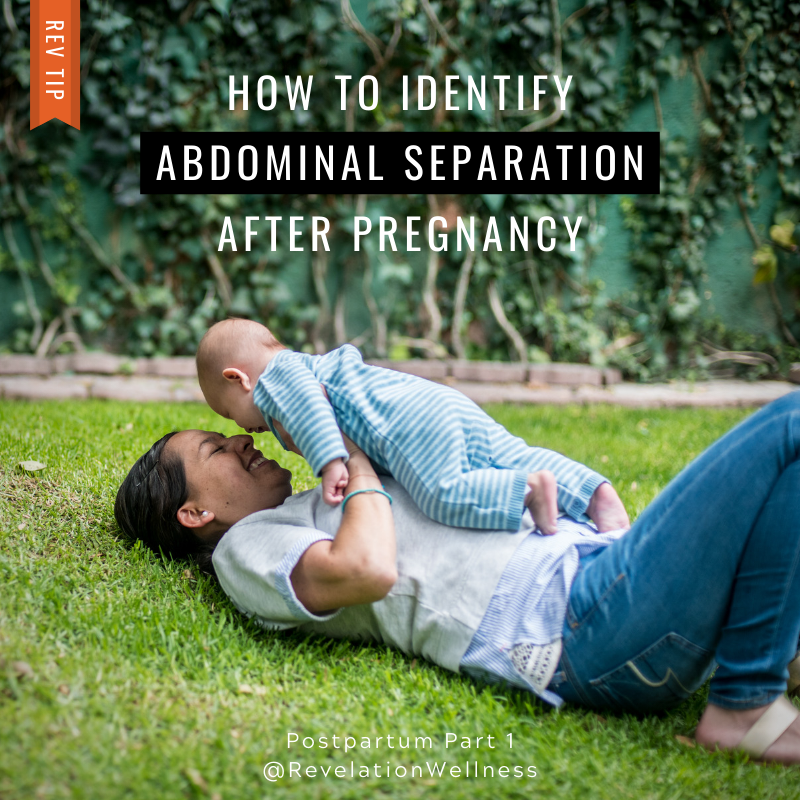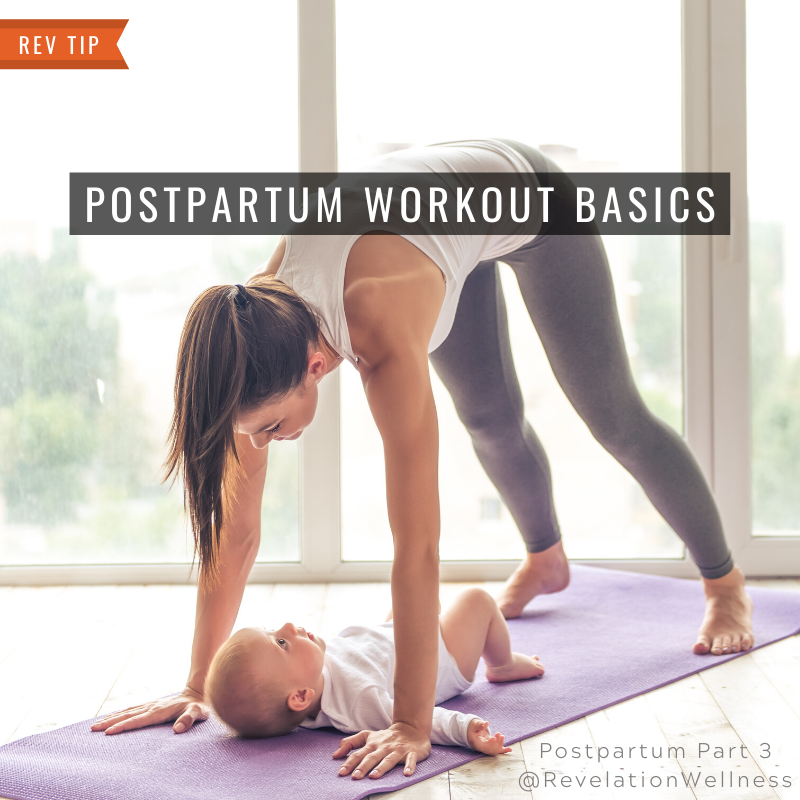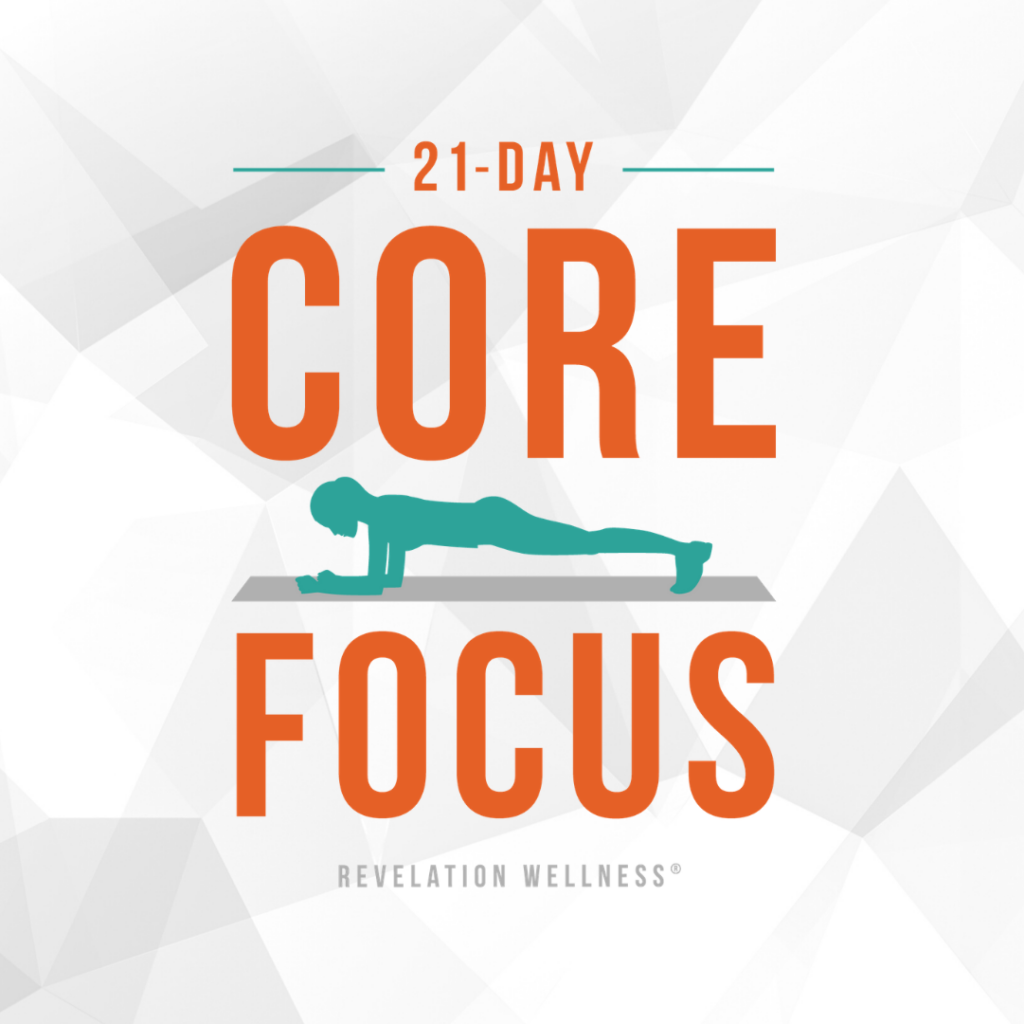*Post updated March 2024

To Review
Some degree of abdominal separation will always occur during pregnancy… God designed our core this way!
During pregnancy, separation occurs down the midline due to the force of the uterus pushing against the wall of the abdomen coupled with the influx of pregnancy hormones that soften connective tissue.
Over 60% of pregnancies result in an abdominal separation that is wider than 2 – 2.5 finger-widths apart.
Pregnant moms who experience this abdominal separation are considered to have the condition, Diastasis Recti.
This condition typically develops in the latter part of the second or third trimester as the abdominal wall has begun to stretch to accommodate the growing baby.
Factors that lead to the development of Diastasis Recti in pregnancy include:
– Gaining a lot of weight quickly upon becoming pregnant
– Gaining too much weight throughout your pregnancy
– If you are carrying more than one baby
– If you have a big baby
– If you are over the age of 35
– If you have subsequent pregnancies that are close together
– If you had poor core strength or posture pre-pregnancy.
The good news is that in most cases, Diastasis Recti in pregnancy will heal naturally post-birth, especially if you take the right steps and do the correct exercises while pregnant.
There are many things that can be done to limit diastasis recti during pregnancy.
First, I recommend that all pregnant women check themselves for Diastasis Recti in order to avoid accidentally making the Diastasis Recti condition worse.
The traditional Diastasis Recti test can be used both during pregnancy and postpartum. You can also look for other signs that may indicate you have Diastasis Recti during pregnancy.
In most cases, Diastasis Recti in pregnancy will heal naturally post-birth, especially if you take the right steps and do the correct exercises while pregnant.
Kate Horney
IDENTIFYING DIASTASIS RECTI DURING PREGNANCY:
1. LOOK AT YOUR BELLY BUTTON:
If your belly button is bulging out that can be an indication of Diastasis Recti.
2. LOOK AT YOUR BUMP:
If you can visibly see a gap around the belly button and above and below it, that can be an indication of Diastasis Recti.
3. TRADITIONAL TEST:
1. Lay on your back with your knees bent and your feet flat on the floor.
2. Exhale and lift your head and shoulders off the floor – put one hand behind your head to support your neck.
3. Make sure you contract your rectus abdominis muscle – bring your rib cage closer to your hips, rather than just bringing up your head.
4. Place your fingers in a horizontal position across your belly button and feel above, over and below the belly button.
5. Assess the width and depth of the gap. It is also relevant if there is a gap in how firm or loose the sheath under the belly button feels.
6. If the width of the gap is more than 2 cm (about 2.5 fingers wide) you have Diastasis Recti.
STEPS TO LIMIT DIASTASIS RECTI DURING PREGNANCY:
1. PROPER POSTURE:
Try to maintain a neutral spine at all times. Do not stand or walk with your belly pushed out.
2. MINDFUL MOVEMENT:
Think about how you get up and down from the floor or a seated position. If getting out of bed or up from the floor, roll onto your side and then push up with your hands. Never use your abdominal muscles alone to get up, particularly from the latter stages of your second trimester.
3. AVOID THE CONE:
Avoid any movement that causes your belly to “cone.”. Look at your belly to monitor whether the abdominal pressure from any exercise is too great.
4. STRENGTHEN THE CORE:
Consider exercises and programs that help you maintain a strong core without increasing your risk of Diastasis Recti or making it worse.
Focus on programs that include full-body movements, as exercises like a squat or a lunge can be a great core workout because you need to activate your core to balance.
Other core-specific exercises that may help limit Diastasis Recti include things like:
– Pillow Hugs
– TVA Squeezes
– Heel Drops
If you do develop Diastasis Recti during pregnancy, don’t panic! There are safe and effective ways that you can heal your DR with proper diastasis safe exercises postpartum.
MORE RESOURCES ON DIASTASIS RECTI DURING PREGNANCY:
The impact of exercise therapy in the management of diastasis recti
Abdominal Muscles Exercises for Pregnant Women
Impact of diastasis of the rectus abdominis muscles in pregnant women
In the comments below, share your experience with abdominal separation either during or after pregnancy.

Kate Horney is a Certified Revelation Wellness Instructor and a Pre & Postnatal Fitness Specialist with a degree in Exercise Science. She’s a busy mom of two boys who has a passion to give women the tools needed to reach their fitness, health, energy, nutrition, and training goals. As a Fitness Teacher, Gospel Preacher, Kate has had the privilege of helping thousands of women transform their bodies… but even greater than that is the privilege of seeing Christ transform their hearts.
Connect with Kate on her blog and on social media on Instagram and Facebook.















One Response